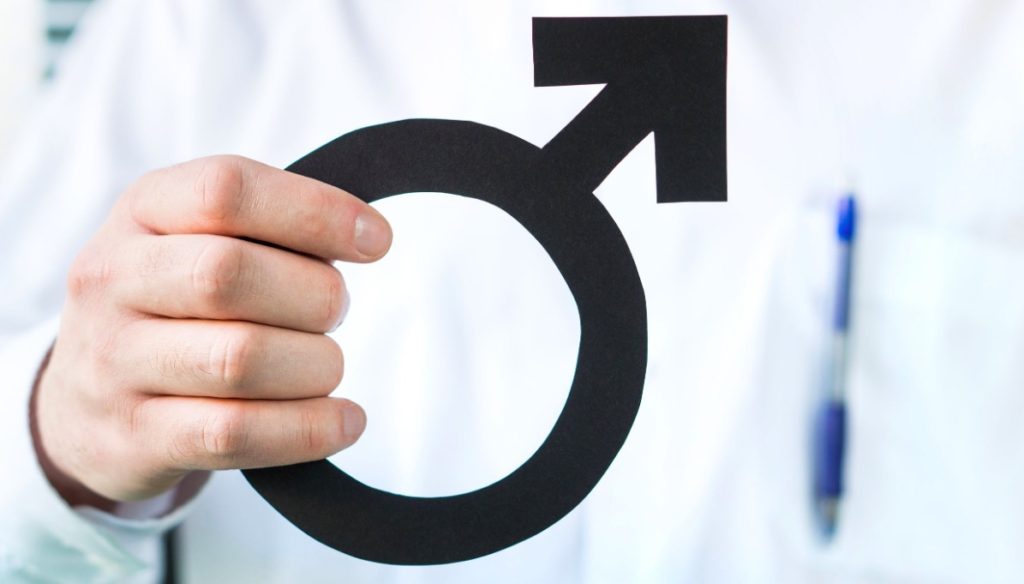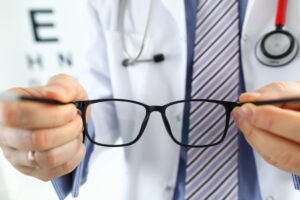Erectile dysfunction is one of the commonest sexual problems in men. There is a common and widely adopted abbreviation of this condition, ED, which is used in many countries.
However, historical perspective and contemporary medical concept of ED need some detailed explanation.
History of Knowledge about Erectile Dysfunction
The first mention of the phenomenon of erection and analysis of the causes of erectile dysfunction (ED) dates back to the 8th century BC and belongs to the peoples of ancient India. Hindus believed that poor erection is associated with libido and unattractive women.
However, they used some means to combat potency disorders (like eggs of alligators, frogs, and sparrows).
In ancient China, it was believed that once a man reaches the age of 60, his Yin vitality depletes a lot and in any case he become incapable of sexual activity.
Hippocrates believed that excesses in sex lead to a decrease in potency. Also, in his opinion, the testicles were connected with the penis through erectile filaments, and damage to those filaments could lead to sexual weakness.

In the Middle Ages, this problem was associated with the machinations of witches. Until the seventeenth century, sexual problems were rather related to the competence of the church than to medicine.
The famous scientist Leonardo di ser Piero da Vinci first suggested that during an erection the penis is filled with blood and not air. In 1573, Varolio first described the mechanism of development of an erection, but he believed that the key role in it is played by the muscles. The 19th century was marked by a series of discoveries in the study of male erectile function. At the beginning of the next century, surgeons Wooten and Lydson performed surgical interventions on the venous system of the penis.
However, a scientific breakthrough finally occurred in the 1950s when Stieve et al. formulated and justified a new theory of the development of erection and for the first time demonstrated the active role of the penile vessels in the regulation of penile blood flow. This theory has become the basis for further study of the mechanisms of erection and its dysfunctions.
Early and Modern Conceptual Approaches to ED
Earlier, erectile dysfunction was often named impotence (which is actually synonym to weakness, powerlessness, helplessness, and feebleness). But later there was a shift in medical community which decided to abandon this term and switch to more term which is patient-friendly and less offensive for men, erectile dysfunction.
You might be interested in: Is ED a Pre-Existing Condition?
Definition of Erectile Dysfunction
To put it shortly, this is inability of a male to get an erection or to maintain it at a level which is sufficient for successful sexual intercourse. This disorders makes sexual intercourse impossible without adequate therapy.
There is a widely accepted rule:
Males who cannot attain or maintain erection is 75 per cent of attempts are considered to have erectile dysfunction.

Erectile dysfunction doesn’t mean low libido. Sometimes, decreased libidinal characteristics may lead to poor erection, but ED is usually associated with other factors.
It is important to know the difference between psychogenic and organic (physiological) erectile dysfunction. In the case of psychological ED, there are no physiological disorders and a man has spontaneous erections, and can also get an erection alone (for example, while watching pornographic videos).
In the case of organic ED, physiological mechanisms are impaired and the man experiences insufficient erectile function in any circumstances.
An interesting fact: there are well-designed mugs on the market which feature Ellen DeGeneres designs. Guess what? They are ‘E.D’. Some users have suggested that no one man would purchase them, because the mug virtually says that this condition gonna happen.

Today, ED is considered a polyetiological disease, and the approach to its treatment should be interdisciplinary and personified, that is, each patient requires an individual approach.
Of course, such drugs as Viagra and Cialis help in the vast majority of cases, but they only treat ED and do not provide a curative action.
To cure ED or at least achieve a permanent therapeutic effect, a set of measures should be taken, including giving up bad habits and performing physical exercises.





